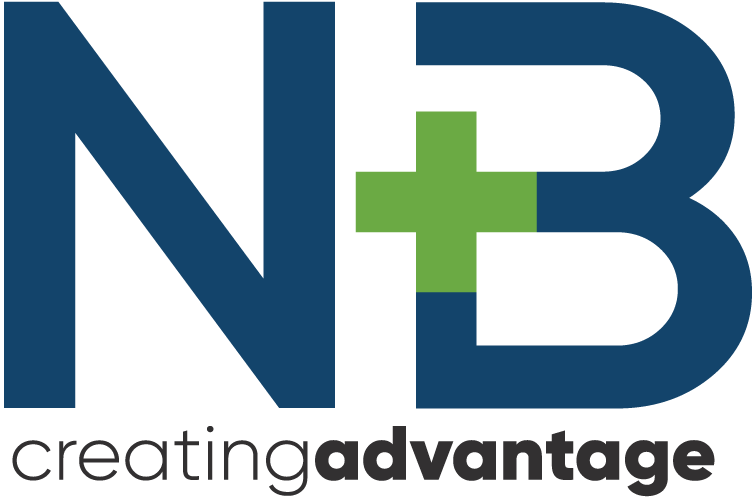Five Reasons Employers Should Offer Non-Insured Benefits
Enhance Employee Benefits Amid Rising Healthcare Costs and Evolving Workplaces
In the benefits world, the one thing we can rely on to be consistent is change. The demographics of the workplace are constantly evolving – generational shifts, varying employment status, etc. – and healthcare costs are rising year over year. Typical health insurance plans don’t adapt to these changes, leaving gaps in employees’ coverage. To build continuity into this ever-shifting landscape, employers are turning more and more to non-insured benefits.
Life, disability, accident, and other insurance-based voluntary benefits were the original trendsetters for bridging the gap in insurance coverage, but non-insured benefits are swiftly being added to the lineup. As the name implies, non-insured benefits are not covered by insurance – there are no premiums, claims, or deductibles. Benefits like telemedicine, identity theft protection, and caregiver resources can be offered alongside insurance plans to help employees save money on healthcare and lifestyle expenses. The adoption rate of non-insured benefits is accelerating quickly, even more so than the trajectory of insurance-based voluntary benefits 10 years ago.
There really is no better time to encourage employers to add non-insured benefits to their overall benefit program. With retention and recruiting top of mind in a tight labor market, non-insured benefits are an excellent way to enhance and differentiate a strong benefits program from an average one. Employers also have more discretionary dollars for benefits with the recent tax reform offering some financial stability. On average, New Benefits sees approximately 70% of our plan sponsor customers paying 100% of the cost for their employees’ non-insured benefits.
If your clients need a push in the right direction, here are five reasons you can use to encourage employers to get on board with non-insured benefits.
1. Create Continuity
Not all employees are eligible for or enrolled in their company’s health plan. Employees across the workplace may waive coverage, have a different 1099 status, or live in a different state/country with an unequal level of coverage. If the insurance plan includes telemedicine or an Employee Assistance Program (EAP), only those enrolled in the plan have access. When these services are added as non-insured benefits, all employees can use them regardless of enrollment status, bridging the gaps and creating continuity across the program’s reach.
2. Differentiate Employee Access
ERISA sets legal standards for health insurance coverage. Since non-insured benefits are not subject to ERISA, employers can choose how employees access these benefits, based on employee rank, enrollment status, etc. For example, some employers may offer to pay for access to telemedicine and/or healthcare cost transparency tools as an incentive to participate in self-funded medical plans. They can also make this benefit available through payroll deduction for those who waive medical coverage.
3. Address Part-time/1099 Employees
Part-time and contract employees are just as critical to a company’s success as full-time employees, and even though their numbers are increasing, they don’t have the same access to benefits. The flexibility of non-insured benefits allows employers to offer part-time employees savings on dental care, vision, prescriptions, and other healthcare expenses. This flexibility extends to funding options, like direct pay or payroll deduction, and the ability to push administration of these benefits to a partner like New Benefits.
4. Minimize the “Cost Shift”
As employers implement High Deductible Health Plans (HDHP) and/or increase PPO deductibles as a way to reduce healthcare spend, employees and their dependents face significant out of pocket costs every year. The average annual deductible for all covered employees is over $1,200, and over $2,000 for those with a HDHP. Prescription drugs are one of the biggest cost issues, with employees sometimes paying $100 or more for their prescriptions under their insurance plan. As an alternative, a pharmacy discount program can offer savings between 10 and 85%. My family is enrolled in a HDHP where prescriptions are subject to the deductible, and a prescription for codeine cough syrup can cost $80. With my Rx discount card, it’s only $40. Alternative saving options empower employees to make every dollar count!
5. Fill the Gap
Traditional ancillary benefits like dental and vision insurance have their limitations. They’re subject to a benefit schedule with a maximum use cap, leaving any additional services in that calendar year to come out of pocket. And because these often-expensive benefits are usually offered on a voluntary payroll deduction basis, many employees choose not to enroll. Non-insured discount dental and vision plans can be a terrific gap-filler. Employees can save hundreds of dollars on services, whether they’re using the discounts in place of insurance or after reaching their maximum. Instead of paying $100 for a dental cleaning, a discount dental program could save an employee between 15 and 50%* off that cash price.
Clients are thirsting for new ways to add value to their benefit programs in today’s competitive landscape. Use these five reasons to start the conversation with your clients about enhancing their benefit program with non-insured benefits.
*Actual costs and savings vary by provider, service, and geographical area.
Copyright © 2018 by New Benefits, Ltd. All rights reserved.

